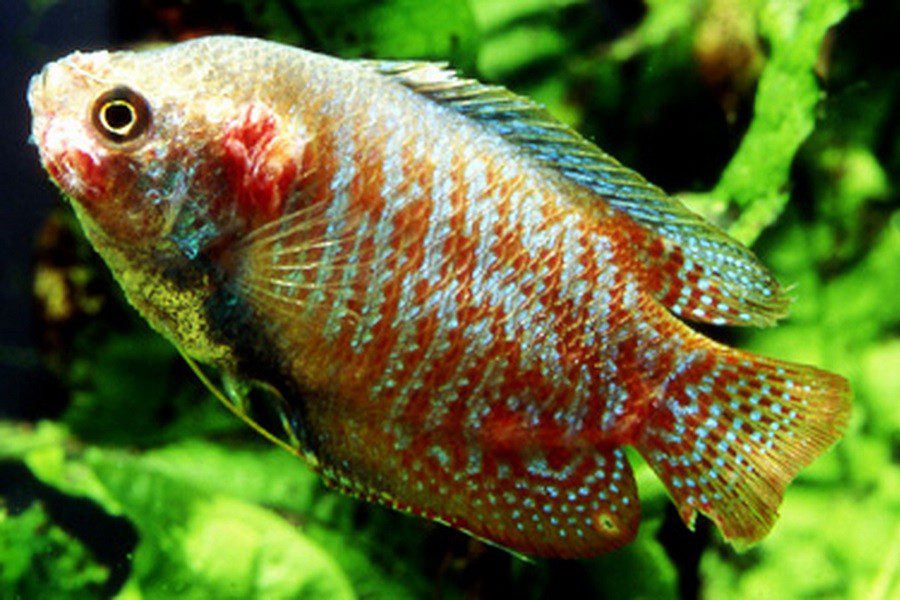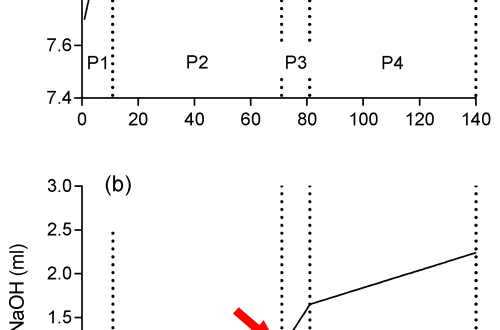
Fish tuberculosis (mycobacteriosis)
Fish tuberculosis (mycobacteriosis) is caused by the bacterium Mycobacterium piscium. It is transmitted to fish as a result of eating excrement and body parts of dead infected fish.
Symptoms:
Emaciation (sunk belly), loss of appetite, lethargy, possible protrusion of the eyes (bulging eyes). The fish may try to hide. In advanced cases, deformation of the body occurs.
Causes of the disease:
The main reason is the poor condition of the aquarium in terms of hygiene, which greatly increases the susceptibility of fish to infection due to reduced immunity. The most susceptible to tuberculosis are labyrinth fish (breathing air).
Disease Prevention:
Keeping the aquarium clean and monitoring the quality of the water will reduce the likelihood of disease to a minimum. In addition, in no case should you buy fish that have signs of tuberculosis and put them in a common aquarium, as well as immediately put those who have the first signs of this disease into another aquarium.
Treatment:
There is no guaranteed cure for fish tuberculosis. Treatment is carried out in a separate aquarium, where sick fish are transplanted. In some cases, the use of antibiotics, such as canacimin, helps. If the symptoms have been noticed recently and the disease has not had time to seriously affect the fish, a vitamin B6 solution can be quite effective. Dosage: 1 drop for every 20 liters of water every day for 30 days. A solution of vitamin B6 is purchased at the nearest pharmacy, this is the same vitamin that pediatricians prescribe to young children.
If treatment fails, the fish should be euthanized.
Fish tuberculosis has a potential danger of infection for humans, so you should not work with fish in an infected aquarium if there are unhealed wounds or scratches on your hands.





